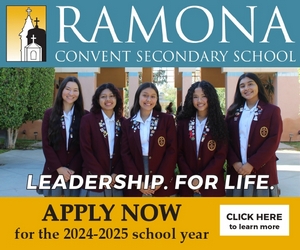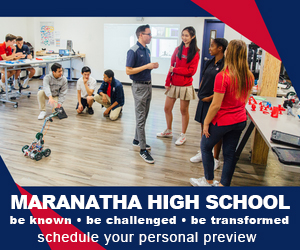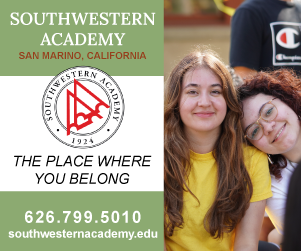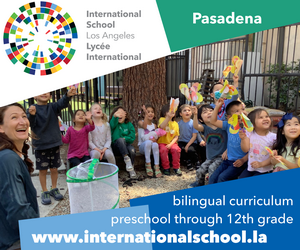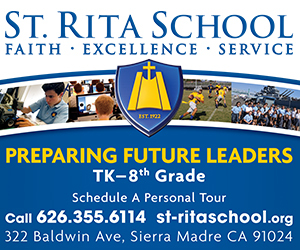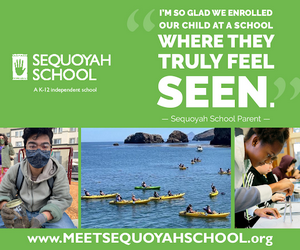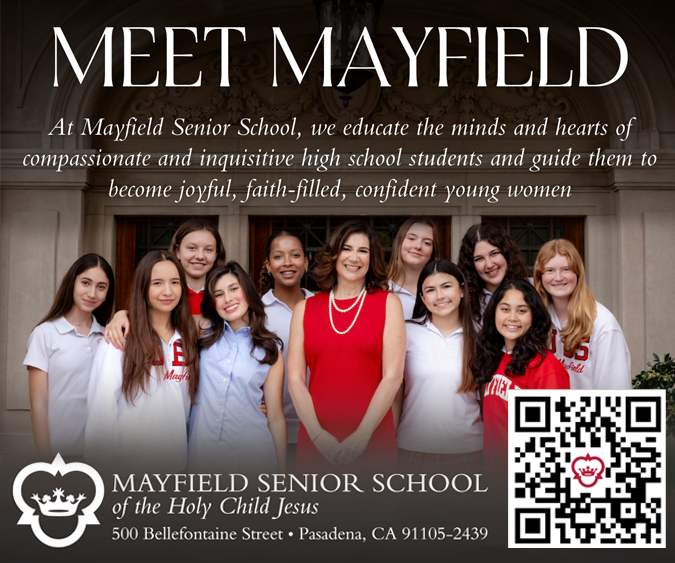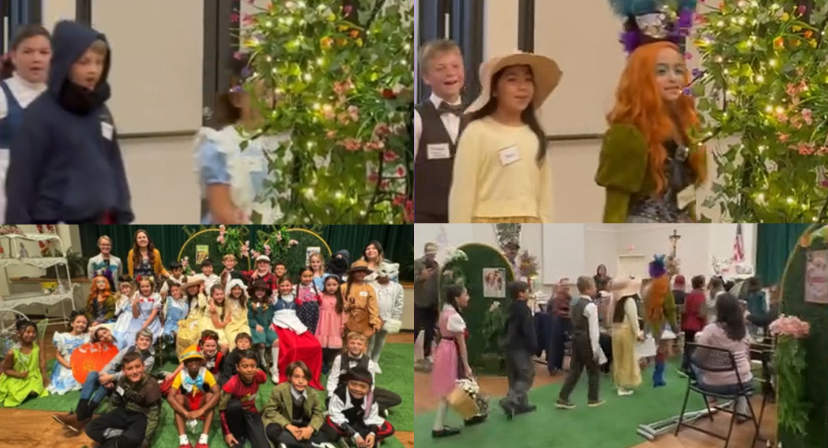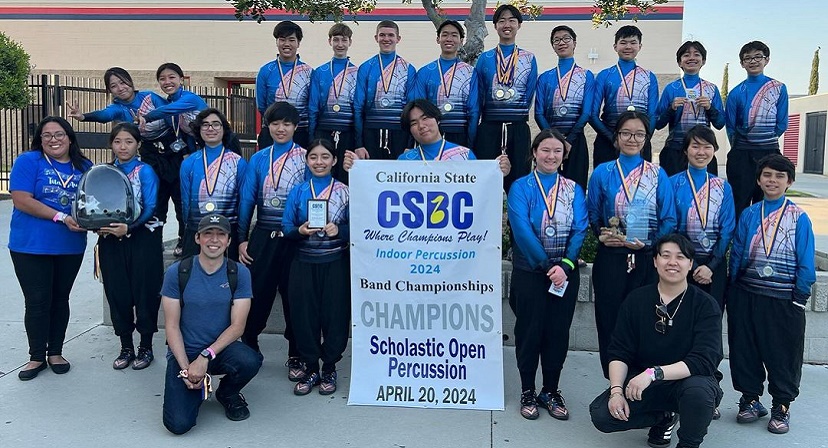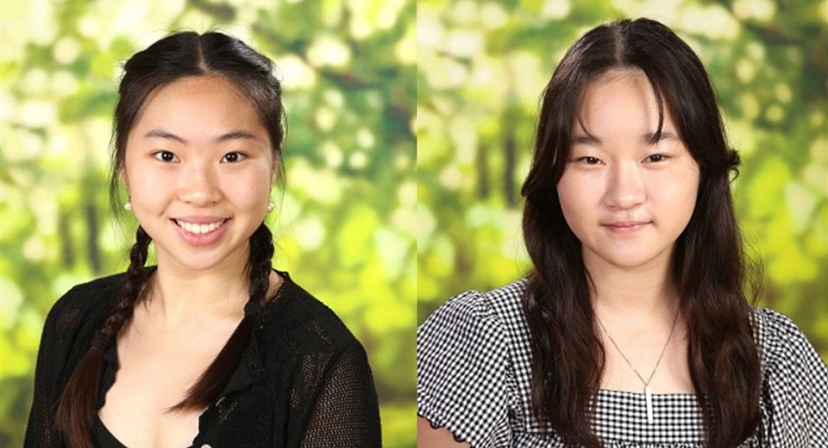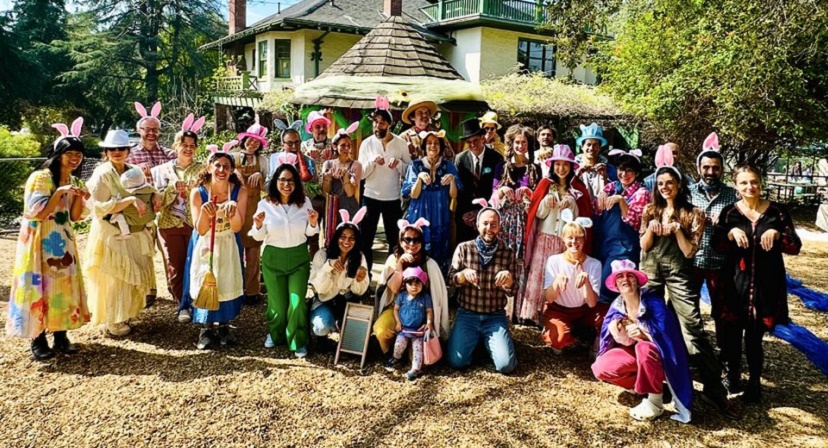Music Still Hath Charms
Despite the evolving pandemic, music plays its role in developing a child’s education and supporting a love for learning
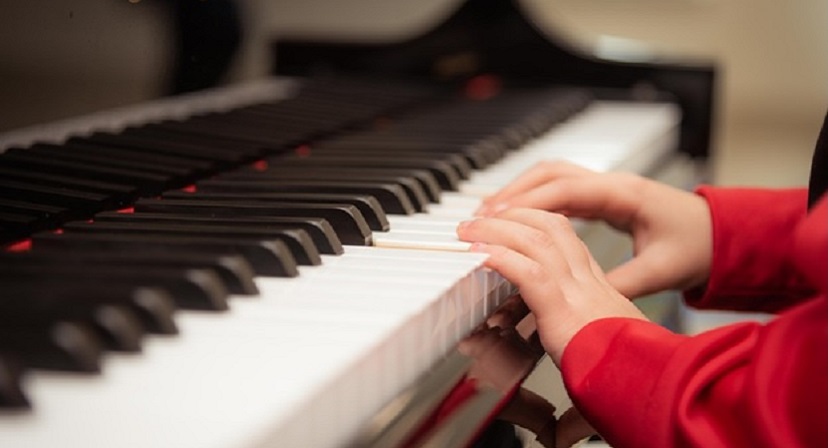
As the 15 month-plus pandemic continues to evolve, one thing that has helped hold some families together and made the hours of isolation more bearable, has been music.
This past year has been one of isolation for most of us. Many children are feeling anxious about being back together in school, despite their longing to do so. What better way for them to reconnect and adjust to being with others than through music. Making music creates life-lasting bonds between a child and music as well as between children and the world around them.
It can start with just listening to some relaxing classical music; Mozart is a good place to start, it is not overwhelming, notes classically trained former opera singer Nancy Valentine. Then the introduction of songs that children can sing along with, especially while playing some simple instruments.
Children will notice that others are making music too. They smile and naturally want to make music together. In this way, it helps children interact with other children as well as adults.
Valentine wrote, “Music ignites the heart and mind and helps in all areas of development and skills in children. It affects a child’s readiness for school, including intellectual, social-emotional, motor development, language, and overall literacy. It helps a child experience the body and the mind working together.
As one who has studied and sung with opera companies all over Europe, Valentine acknowledged that “the past year has been one of isolation for many children. Many are feeling anxious about being back together in school despite the longing to do so.
“What better way for them to reconnect and adjust to being with others than through music,” she continued. “Making music creates bonds between the child and the music and between children.”
Pasadena is a good example of the power of music and community, as last week saw the Pasadena Showcase House for the Arts sponsor a Hollywood Bowl performance of the LA Phil and their classic presentation of Tchaikovsky’s “1812 Overture,” among other pieces.
Pasadena’s MUSE/IQUE has also returned to the Huntington Gardens and Museum, with a performance scheduled for August 19th at the exquisite performance venue.
As Valentine noted, while schools may no longer have the strong music programs of former days, there are still programs offered in the community. Religious organizations offer children’s choirs or handbell choirs, such as the Pasadena Symphony, which has scheduled upcoming events for children.
Nadya Ewen, music director at the Gooden school in Sierra Madre, also laments the dearth of music programs, but is quick to emphasize that music is alive and well on their campus.
“During the pandemic,” Ewen explained, “we were very challenged because everything was on Zoom and we had audio problems being able to hear the children, and of course it was one-on-one playing. And I found that during this time that the children really did well in a sense that they were stuck at home.
As Ewen recalled, the students “weren’t pulled in every direction. They didn’t have soccer after school and this and that. And therefore they were practicing more and focusing more on their instruments as they went through this difficult year.”
Now, says Ewen, the string students are more socialized, they are able to play inside, though they have to wear masks, but the music is becoming more of what it was, more cohesive and ensemble playing.
And despite the lack of some public performances, concentrated online work can also be helpful, says Ewen. And yes, that includes YouTube.
“I think any kind of artistic form helps. When you’re involved in something that’s creative, you’re involved in a performance,” said Ewen.
Says Ewen, “If a child is playing an instrument, for instance, rehearsing at home and is in one room and practicing, and the parent is making dinner in the other room, the parent can come in and say, ‘Wow, that sounded really, really good. I would like to hear more.’ So I think any art form really can help the creative juices and really, what life is all about is not just all ‘Push a button, and it’s there.’
“I think that when we have concerts, especially live concerts, which are very difficult right now to have, I think it’s not perfect.
As Ewen explained, “When you watch something on television, it’s perfect. When you watch a video, all the bad stuff has been edited out. But in real life, life is not perfect. And there’ll be little nuances. There’ll be pitch problems. There’ll be little mistakes, but it’s all in the learning process. and it also creates the juices for creativity and discipline and ingenuity for what’s going to happen.”
On a larger local scale, The Pasadena Symphony & Pops continues to sponsor its own youth orchestras, the centerpiece of its music education program.
As Pasadena Symphony CEO Laura Unger explained, the youth orchestra program consists of seven ensembles ranging from elementary school to high school.
The high school and middle school components both feature full orchestras, but there is also intermediate band, beginning band, intermediate strings, and beginning strings, as well as a beginning strings program for elementary schools.
The Symphony education program also has in-school coaches at public schools, said Unger, with a targeted student-teacher ratio within the classrooms.
According to Unger, the Symphony education program serves 600 students on a weekly basis with direct instrumental instruction in ensemble and one-on-one, with the ensembles performing three concerts a year.
“It’s a rigorous curriculum,” said Unger, “and we’re especially proud that we are utilizing music education as a tool for a well-rounded education.
“We’re not focused on producing professional musicians,” she continued. “We’re focusing on producing the best possible students who finish their school career with music being an integral part of their education.
When the COVID-19 pandemic first began last year, she recalled, “the ensembles and classes went completely online and we didn’t lose any ensemble. We didn’t lose any students. We went completely virtual and still taught everybody on a weekly basis via Zoom, and we modified our curriculum to do that.
The symphony education program also became COVID relief for the Pasadena public school system since, as they went to at-home learning, the District had to cut music education as part of the curriculum. The Pasadena Symphony picked up the baton and didn’t miss a beat.
Thus, Valentine emphasizes the importance of music on so many levels for children.
“Music instruction appears to accelerate brain development in young children, wrote Valentine, “particularly in the areas of the brain responsible for processing sound, language development, speech perception and reading skills, according to initial results of a five-year study by USC neuroscientists.”
Finally, says Valentine, “Music is a natural for capturing kids’ attention and imagination and, as it turns out, it has a huge impact on your child’s body and mind. Dancing, listening and playing to a beat can shift a kid’s mood, help him or her cooperate and express emotions.”
Turn it up.




